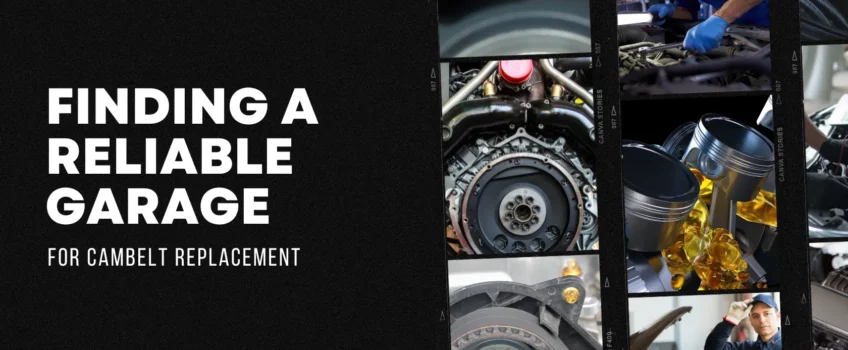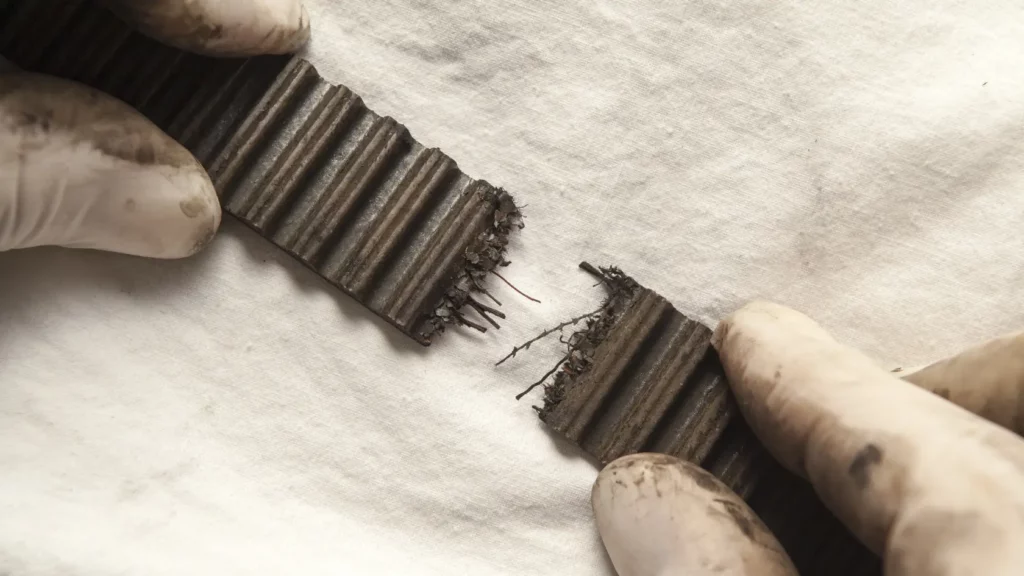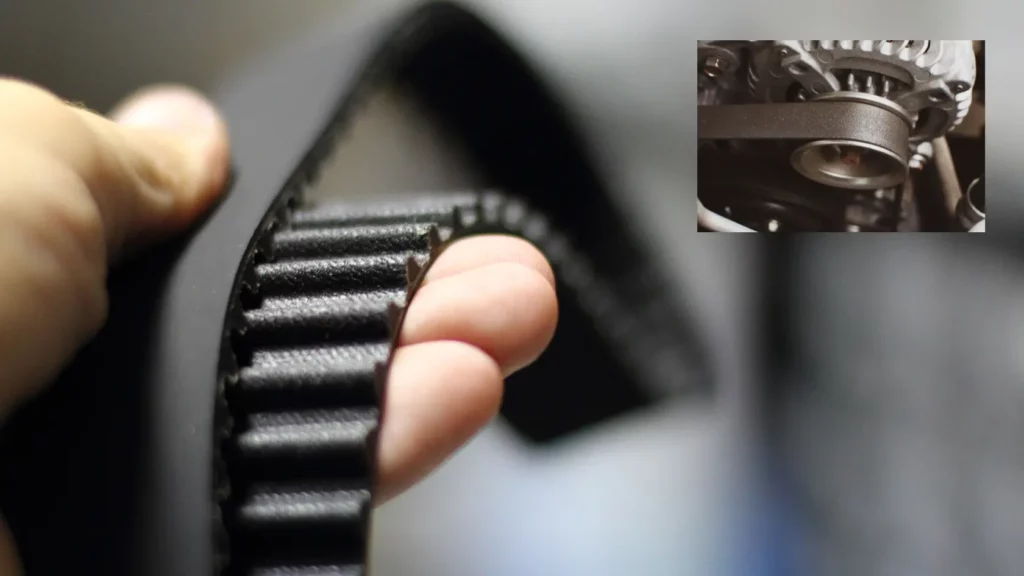
Can Any Garage Change My Cambelt? Finding A Reliable Garage
The timing belt, or cambelt, is an integral component of your car’s engine, responsible for synchronising the movement of the camshaft and crankshaft to ensure proper opening and closing of valves during each cylinder’s intake and exhaust strokes. Given its crucial role, it is imperative to ensure timely replacement of the cambelt when it wears down, but the question remains – can just any garage perform this task?
Where Can I Get My Cambelt Replaced?
While any garage that provides mechanical services can technically replace the cambelt, not all have the required expertise and experience to carry out this task with utmost efficiency and effectiveness. To ensure reliable service, look for garages that specialise in your car’s make and model, offer quality components and warranties, and transparent and fair pricing. Here are a few key considerations.
Look for Specialised Experience
Garages that specialise in your car’s make or model are usually better equipped and have the necessary know-how to replace your cambelt. A vehicle technician with specialised experience is more likely to replace your cambelt efficiently and effectively, reducing the risk of future complications.
Quality Parts and Warranties
Ensure that the garage you choose uses quality parts for their replacements. In addition, a good garage should also provide a warranty on their work. This shows they stand by the quality of their work and parts, and you can rest easy knowing that any problems that arise from the new cambelt will be covered.
Clear and Fair Pricing
The cost of a cambelt change can vary widely from garage to garage. Ensure the garage you choose provides clear and fair pricing upfront. Avoid garages that won’t give a straight answer on costs or seem to have hidden charges.
How To Tell If You Have a Cambelt or Timing Chain
Wondering whether you have a cambelt or a timing chain? The answer lies within your engine bay. If your engine’s side is shielded by a metal plate or a plastic cover, your car has a cambelt. However, if you don’t see either these elements, your vehicle is using a timing chain. What’s the difference you ask?
Timing Belt (Cambelt)
A timing belt is made of high-quality rubber and is commonly used in modern cars due to its quiet operation and cost-effectiveness. However, since it’s made from rubber, it can degrade and wear out faster due to heat and friction. As a result, it requires replacement at specific intervals, usually every 60,000 to 100,000 miles, depending on the vehicle make and model. If the timing belt fails, it can cause serious and expensive engine damage.
Timing Chain
A timing chain is made of metal and is designed to last the life of the engine. It is stronger and more durable than a timing belt but tends to be noisier and more expensive. Cars with a timing chain typically do not have a specific replacement schedule but they may still need occasional maintenance or replacement due to wear and tear or mechanical failure. Just like a cambelt, if a timing chain fails, it can also result in severe engine damage.
Signs Your Cambelt Needs Replacing
Spotting the warning signs that your cambelt needs replacement is essential for preventing severe engine damage. Some of the most common signs include the following:
- A whirring sound from your engine, particularly if it’s high-pitched
- Engine shuddering or vibrating during operation
- Struggling to start your engine
- Noticeable oil or coolant leaks on your cambelt
- Lower oil pressure
- Smoke from the engine or exhaust
- Rougher and bouncier ride quality
When Should I Change My Cambelt?
Generally, your timing belt will last for around 60,000 miles or five years but this does depend on your car’s history, the make and the model. If you have exceeded 60,000 miles and haven’t booked a cambelt replacement yet, we highly recommend contacting your nearest garage to have it checked and to book your cambelt replacement service.
Should I Replace My Water Pump Along With My Cambelt?
While it isn’t mandatory, choosing to replace your water pump at the same time as your cambelt can be a savvy financial decision since both components are located in the same area and typically display wear and tear simultaneously. Also, considering a significant portion of the cost of replacing your cambelt comes from the labour involved in accessing these parts, having both replaced in a single service can lead to substantial savings.
The Aftermath Of A Broken Cambelt

A broken cambelt on cars with an interference engine can spell disaster. Here, the pistons and valves occupy the same space at different times during the engine cycle. So, when the cambelt breaks, this carefully orchestrated movement is disrupted, causing the pistons and valves to collide at incredible speeds. The result can be severe damage to the valves and other engine components like piston heads, cylinder walls, and more.
At the same time, cars with non-interference engines, often referred to as “free-wheeling” engines, are designed in such a way that the pistons and valves never share the same space. That means even if the cambelt breaks, the likelihood of internal components colliding and causing significant damage is considerably lower.
However, this doesn’t mean you’re off the hook entirely. You’ll still be faced with the cost of a cambelt replacement and repairs to surrounding parts that may have been damaged when the belt snapped.
What Does A Cambelt Replacement Cost In The UK?
Replacing a cambelt is an important and costly task for any car owner with labour charges making up a significant portion of the total cost. Remember, the process involves removing many engine components to access the timing. In the UK, the cost of a cambelt replacement is based on the car’s make and model and the preferred garage as not everyone charges the same.
On average, a cambelt replacement costs around £350 but this cost can range from £200* to £1,200* depending on various factors such as the specific service centre, the type of vehicle and the amount of labour required for the job. To find an affordable timing belt price in the UK, contacting a reliable service expert such as Elite Garages can be helpful.
For more accurate information based on your vehicle, contact any of our 16 service centres across the UK, including Elite Garages Bournemouth, Brighton, Caterham, Salisbury, Portsmouth, Haywards Heath, Shaftesbury or Newport.
* Disclaimer: Pricing may vary and it’s best to contact Elite Garages for more information
FAQs
Click the + to read any answer or visit our most FAQ page to review the most frequently asked questions across all our Elite Locations.
If you click on a ‘Category’ or ‘Tag’ link, the page will ‘refresh’ and reload the page showing the top of the page first, you’ll then just need to scroll down to the FAQ section to see the results for the Category or Tag you selected.
Yes, an experienced car technician can usually identify signs that suggest a cambelt (or timing belt) needs replacing. They can do this during routine maintenance or when diagnosing an issue with your vehicle. However, some of the indications are not always obvious and require a detailed inspection. Some of the signs include visible leaks, trouble starting the engine and strange noises.
Yes, a broken cambelt (also known as a timing belt), has the potential to cause significant damage to your engine, especially interference engines. When a cambelt snaps, the pistons collide with the valves which can result in bent valves, broken piston heads and potential damage to the cylinder head and walls.
For non-interference engines, the pistons and valves don’t share the same space which means an lower risk of serious damage. However, it will still result in an inoperable car and necessitate a timing belt replacement, which can be a costly repair.
Typically, a cambelt should be replaced every 60,000-100,000 miles, or every five years. However, it’s important to check your car owner’s manual as it may vary depending on the make and model of your car.
Since the process is labour intensive, a cambelt replacement service typically takes between 3-5 hours but it can vary depending on the make and model of your car and the efficiency of the garage.
About Us
Opening Times
Saturday : 8:30–4:00
Sunday : closed
More Information
Contact UsCustomer Information Pack
Check MOT Due Date
Free MOT reminder
Careers



